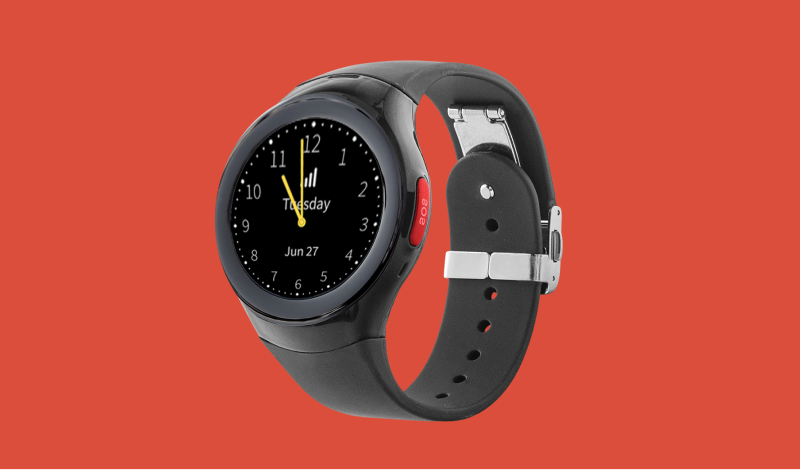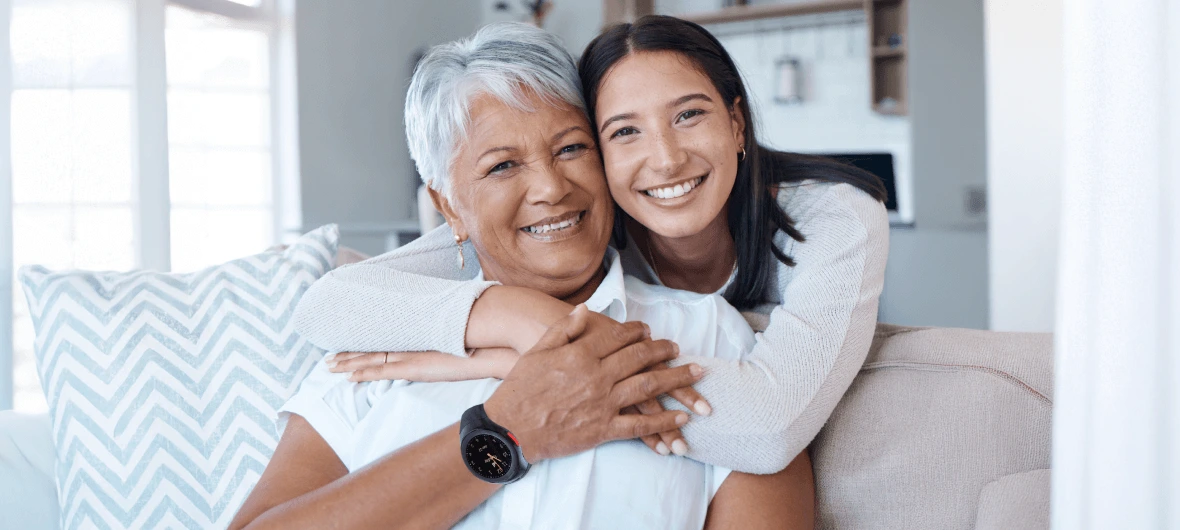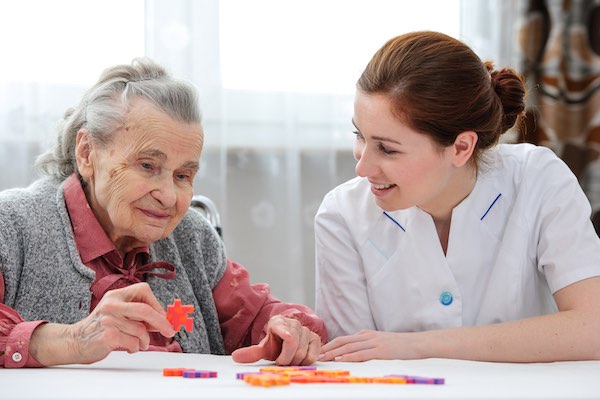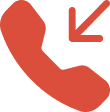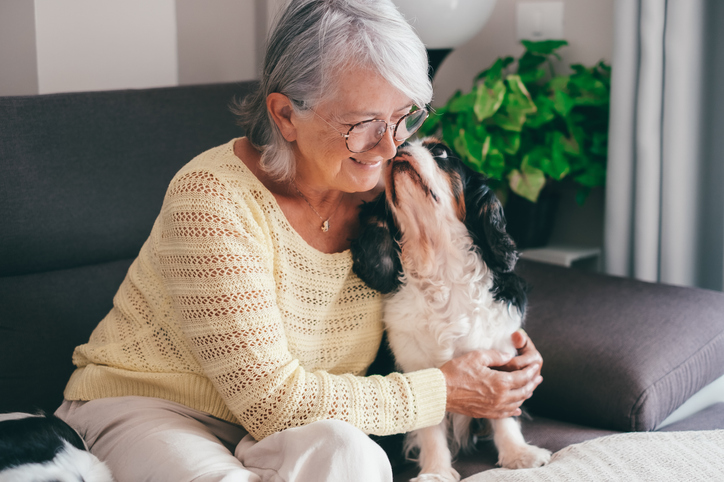
Not all medical alert systems require being carried by the user, whether worn around the neck or on the wrist, or clipped to a belt or purse. There are systems that install inside the home, or any building, to provide fall detection and emergency monitoring (and not to be confused with the home base station that plugs in and connects with a wearable device).
Purely for in-home use, and obviously not intended for movement outdoors, these home-installed systems typically use advanced technologies such as motion sensors, smart home integration, radar, and cameras to monitor the home environment and detect potential emergencies.
Camera-based systems such as OWL Health and CarePredict monitor rooms using AI to track movement and determine abnormal movements or falls in real time. And the smart-home, voice-activated assistive technologies such as Alexa and Assistant, always on and listening, can respond to a call for help from someone in the house. These can also be combined with sensors to register an alarm autonomously.
Motion-sensor systems such as from SafeinHome and My Notifi include passive infrared and motion sensors placed on the floor and in different rooms to detect falls or unusual motions. GetSafe is another sensor system, monitoring motion and environmental changes. The sensor-based systems have an appeal to people concerned about privacy with the use of cameras, or wondering about the uncertain health effects of other scanning technologies, such as radar.
Radar-based systems such as Xandar Kardian, Vayeca (Guardian), HelpSense and Radian utilize radar to detect falls and monitor health indicators. Radar doesn’t require direct line of sight, and can also work through walls, offering a blanketed approach to monitoring. Research is still ongoing as to any long-term health effects from these low-frequency electromagnetic fields, and there is no conclusive consensus yet.
Most systems connect to emergency response centers, contact lists, or direct to caregivers, providing immediate assistance in case of an emergency, and with a way for the user to respond to the chance to cancel the alarm before sending.
Camera-based systems offer no obvious health risk, but understandably nag at people’s sense of privacy – especially in a system with a caregiver portal. It’s one thing to be location-tracked from a GPS-enabled device while you’re out walking, but the sense of being watched at home can be uncomfortable. Even voice-activated assistive technologies are an unwelcome presence to some people – although the devices are so useful that they’ve gained great acceptance.
The one technology that doesn’t intrude, surveil or talk back until an alert is triggered, is the sensor-based system. Several manufacturers of wearable devices offer a home-sensor system to complement their on-the-go alert devices. GetSafe is actually part of the Bay Alarm family of medical alert systems, and the one we’re most familiar with. It relies on sensors discreetly placed around the home and communicating with a base station that can alert a 24/7 monitoring center at need. While the devices are nicely styled to fit unobtrusively around the house, they also provide a user-activated alarm button and pull cord. And they respond to voice instructions to send for help. The system connects via the cellular network independently, so no cell phone or landline is even required.
There is no doubt that as technology develops, the ever-growing market for the housebound, and the majority of retiring seniors who wish to age in place in their existing home, will be a beacon for additional medical alert systems and devices. At Bay Alarm Medical, we aim to continue to grow along these lines, while continuing also to provide those technologies that have proven the most reliable.



